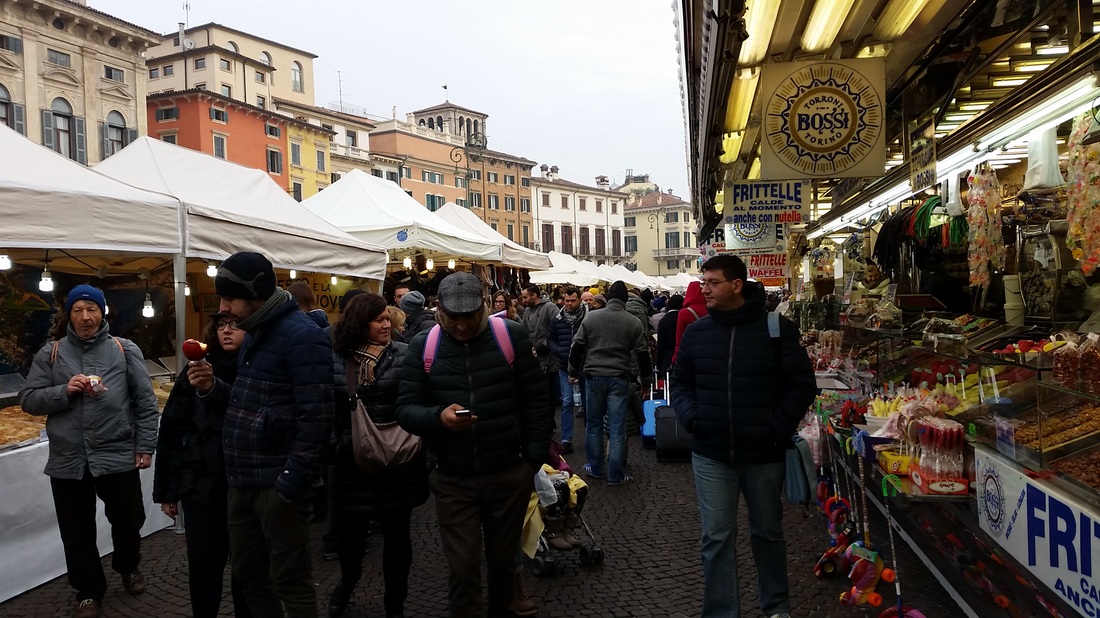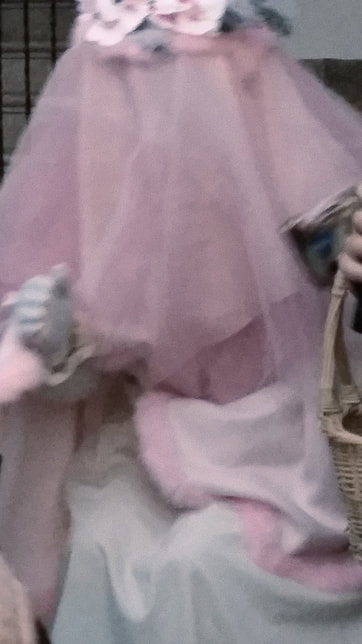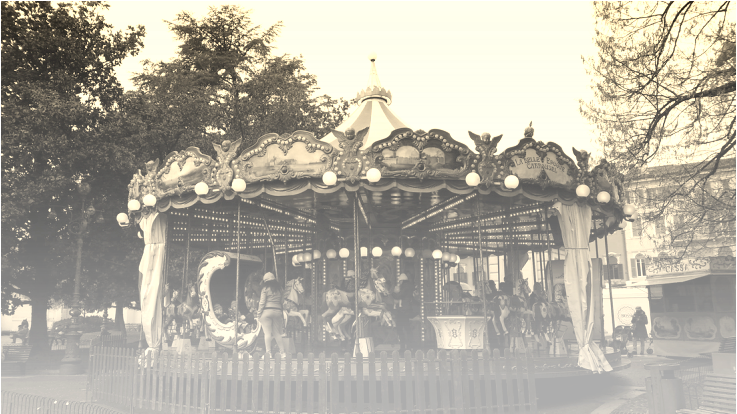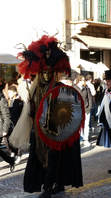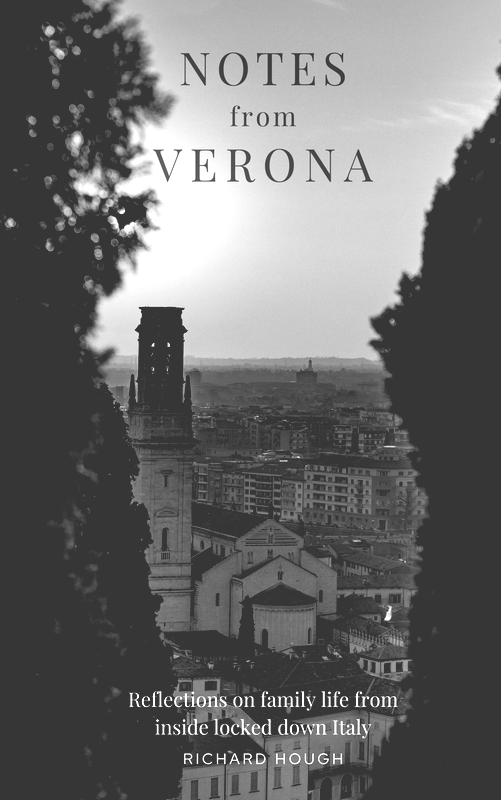|
As children the world over are busy preparing letters to Santa Claus, the children of Verona are a few weeks ahead. They have already dispatched their missives to Santa Lucia and are now enjoying the post-celebratory glow of a decidedly unhealthy period of over-indulgence.
For the children of Verona, 13 December arrives with a greater sense of anticipation than even Christmas Day. For the city itself it is a vibrant period of festivity that sees the old town flooded with families who come to enjoy the traditional seasonal market that takes place in Piazza Brà. Over 3 day, over 300 market stalls sell, amongst other things, sweets, local produce and gifts. If you're lucky you might even catch a glimpse of the hallowed saint herself.
A virgin martyr, Santa Lucia was one of the earliest Christian saints to achieve wide following and recognition. According to legend, Lucia came from a wealthy Sicilian family (she is the patron saint of her native Syracuse), but (in the tradition of St. Agatha) she spurned marriage and worldly goods and vowed to remain a virgin.
Apparently such chastity didn't go down so well with the local Roman authorities, who sentenced her to a life of forced prostitution in a brothel.
It was at this point that the Almighty stepped in. Lucia became immovable and could not be carried away to the brothel. She was next condemned to death by fire, but proved impervious to the flames.
Finally, her neck was pierced by a sword and she died. In reality, Lucia may simply have been a victim of the Roman anti-Christian persecution that was known to have taken place during the reign of Emperor Diocletian.
According to the Veronese tradition, on the night of 12 December an empty plate is left on the table for the saint to fill with sweets. The children go to bed early with their eyes tight shut, fearing that she will blind them with ash if she catches them awake! During the night, Santa Lucia, accompanied by her donkey Gastaldo, brings sweets and toys for the good children and a piece of coal for the less deserving.
This tradition dates back to the thirteenth century when a virulent eye disease affecting local children spread throughout Verona. Praying for an end to the outbreak, parents and family members made a barefooted pilgrimage to a shrine of Santa Lucia near Piazza Brà (no longer in existence) to pray for her divine intervention to bring the epidemic to an end. In the deep midwinter, It was not easy to persuade the children to make the barefooted pilgrimage, so it was promised that Saint Lucia would fill their socks and shoes with gifts and sweets if they made the sacred pilgrimage. The epidemic passed but the habit of taking children to the shrine of Santa Lucia on 13 December every year continued well into the nineteenth century, initially in the church of Saint Lucia Intra in Porta Palio (destroyed during the Napoleonic period) and then to the church of St. Agnes (demolished in 1837 to make way for the current town hall). The influx of so many children and parents in the largest square of Verona drew sellers of sweets and toys. What emerged was the "Fair of Santa Lucia," which the families of Verona enjoy to this day.
More like this...
|
AboutRichard Hough writes about history, football, wine, whisky, culture + travel and is currently working on a trilogy about wartime Verona.
|
